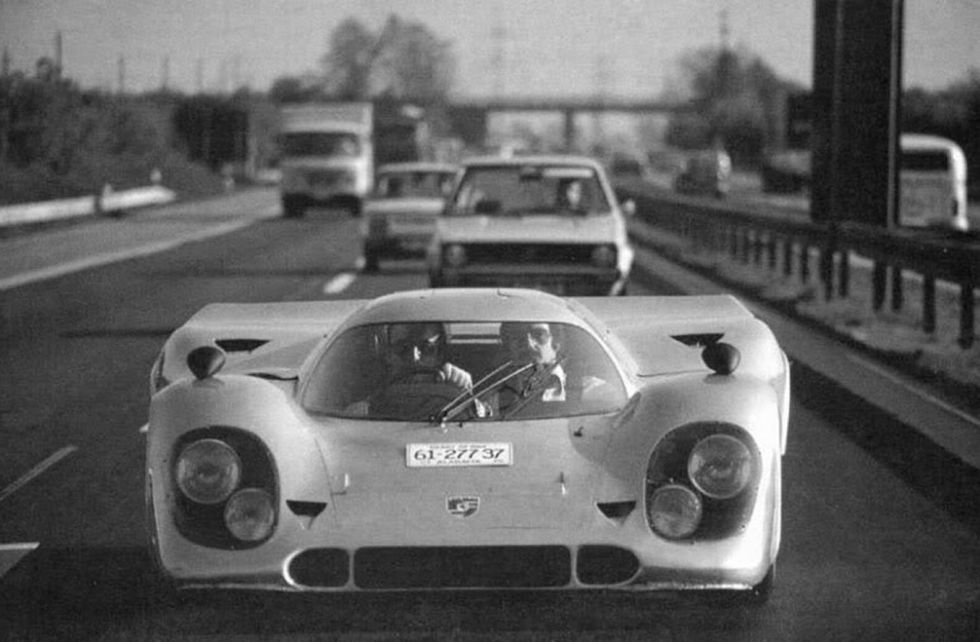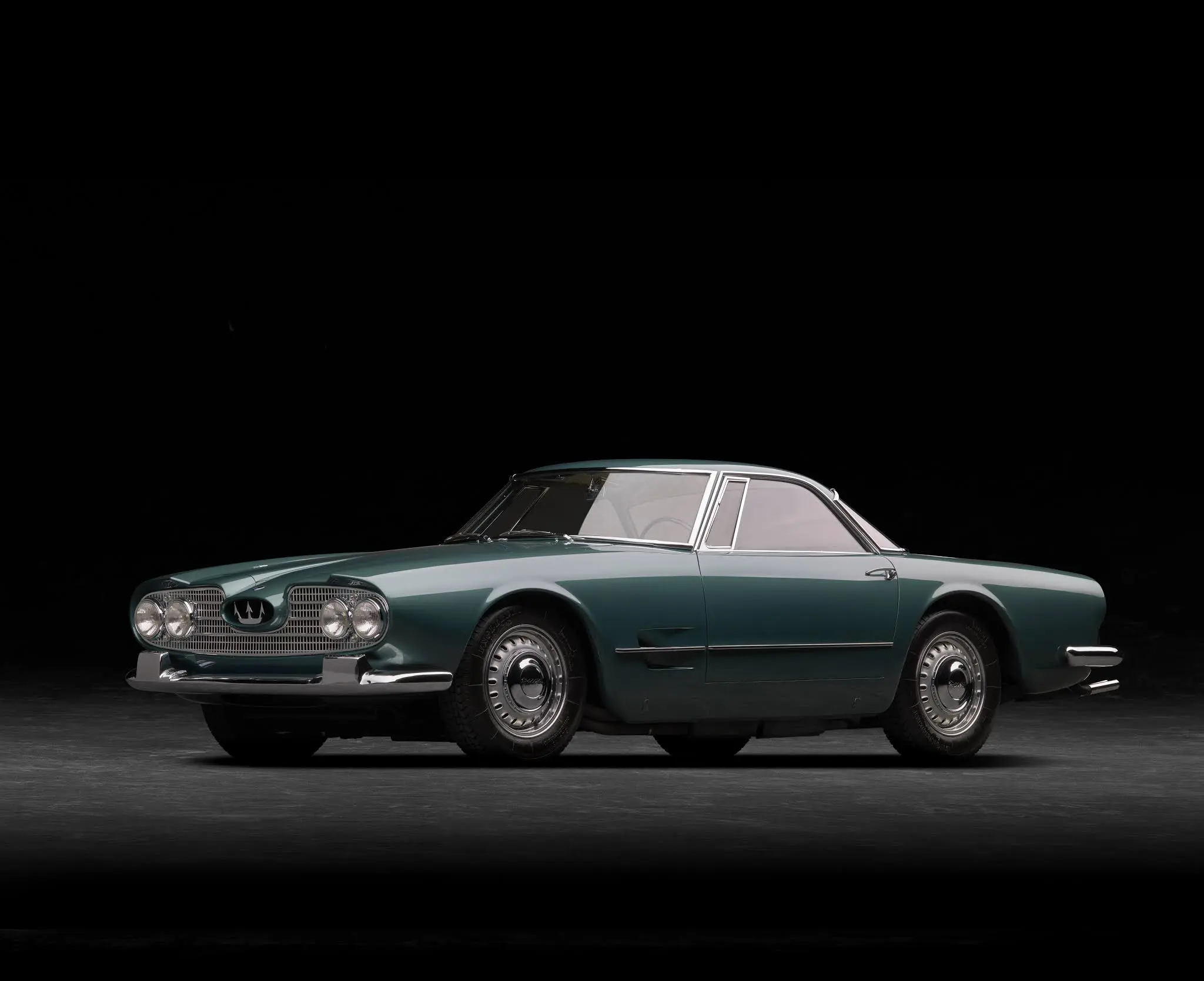One-off cars commissioned by VIP people In compliance with current regulations
09 December 2023 3 min read 5 images

Photo credit: Ferrari, Porsche, RM Sotheby’s, Zagato
In the first two parts of our story, we explored the one-off cars commissioned by affluent clients, beginning with a rolling chassis One-off cars commissioned by VIP people When coachbuilders were like tailors and then those that had to confront the constraints of industrial production One-off cars commissioned by VIP people. When originality was possible. Now, in our third and final segment, we focus on more recent cars adhering to current homologation regulations, resulting in increased homologation constraints. In practice, this includes the entire seatbelt system, airbags, and much more. However, the underlying goal remains unchanged.
Register to unlock this article
Signing up is free and gives you access to hundreds of articles and additional benefits. See what’s included in your free membership. See what's included in your free membership.
Already have an account? Log In

